Last week, we looked into the history of Philly’s venerated Museum of Art. Today, we consider another of the city’s Greek-influenced cultural landmarks. The flagship building of The University of the Arts, Dorrance Hamilton Hall, stands between Pine and Spruce Streets on the west side of Broad. The University’s Eugene Bolt tells that the building was conceived by architect John Haviland, most famous for previously designing the Eastern State Penitentiary. Erected in 1824, it is the oldest building still standing on Broad Street.
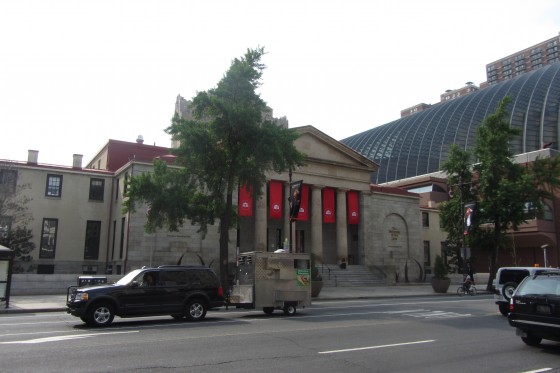
UArts today
However, an image taken from G.M. Hopkins’ 1875 Philadelphia Atlas shows that the art school was originally an educational institution of a different kind. For its first 70 years, Haviland’s building housed the Pennsylvania Institution for the Deaf and Dumb, alternately known as Philadelphia’s Deaf and Dumb Asylum.
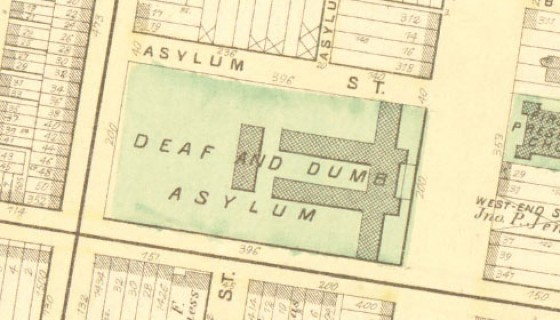
Awful name
In addition to being one of the first American institutions dedicated to serving the educational needs of the disabled, the structure itself was a popular draw for city residents taking a leisurely venture to the rural countryside that was Broad Street at the time. This portrait, courtesy of Lombard Antiquarian Maps & Prints, shows the neighborhood before the era of parades and check-cashing bodegas.
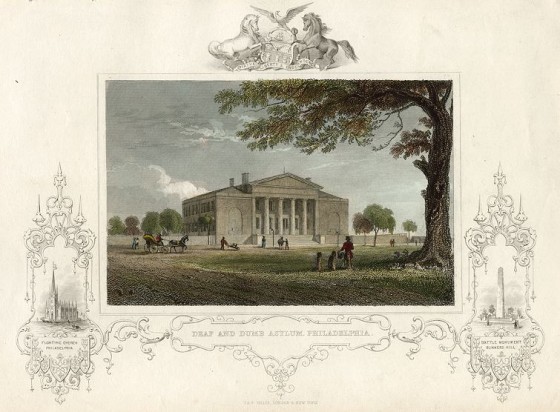
Portrait from 1850
Though the portrait above was published in 1850, we can deduce that the depiction is from some time prior to 1838, when another notable architect, William Strickland, was tapped to add the now familiar north and south wings. These are visible in the 1858 Philadelphia Speaks photo below.
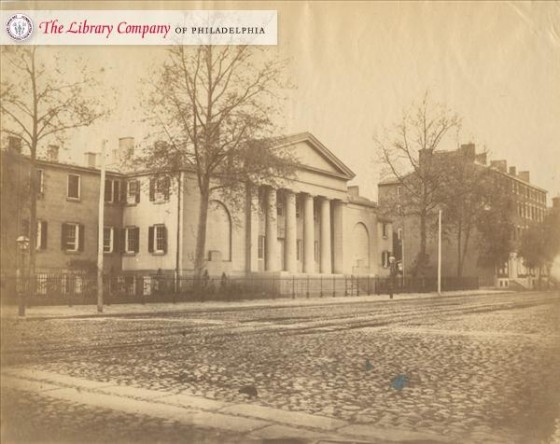
Photo credit: Philadelphia Speaks
The building’s final major construction phase occurred in 1875 when yet a third notable architect, Frank Furness oversaw the addition of the “Victorian Gothic” wings extending the structure west to 15th Street. The south wing is visible in this 1880 print advertisement culled from the U.S. Library of Congress.
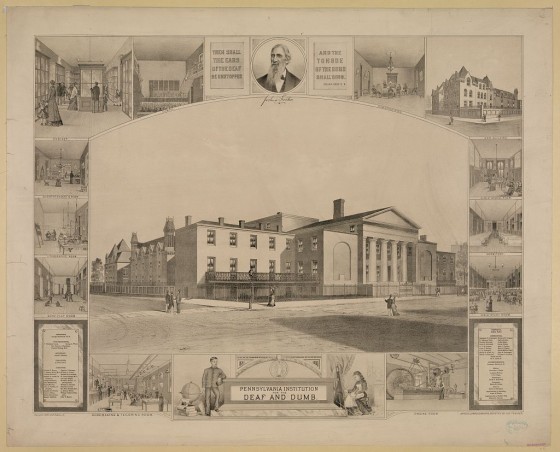
From the Library of Congress
In 1893, the Pennsylvania Museum and School of Industrial Arts received a generous gift from a wealthy benefactor and parlayed this into the purchase of the Asylum. The building’s original occupants relocated to Henry Ave. in Germantown. The 1926 photograph here from the Department of Records shows the University in its infancy and Broad Street in its late adolescence.
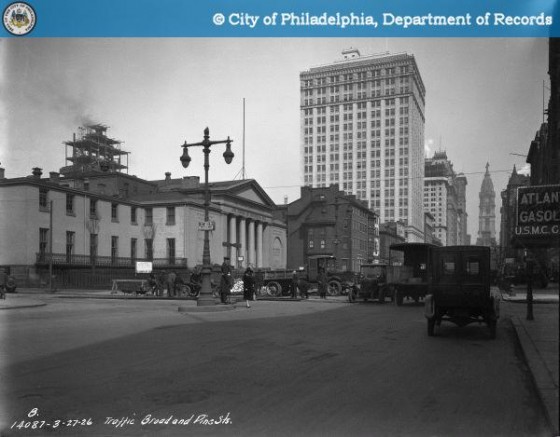
In 1926
The building’s new residents would undergo a series of name changes and reconfigurations before ultimately establishing the University of the Arts in 1985. As one of Broad Street’s longest-tenured residents, the University would play a key role in defining the future identity of Philadelphia’s Avenue of the Arts.
–David Tomar

Leave a Reply